When composers are seeking to broaden their reach, they often look backwards to music for children or, their personal circumstances change so that children enter their adult world. Such was the case for Robert Schumann when he created his Album für die Jugend (Album for the Young), op. 68, in 1848, for his daughters. He wrote 18 pieces intended to be played by children or by beginning pianists. His second Album (pieces numbered 19 to 43) was intended for adults.
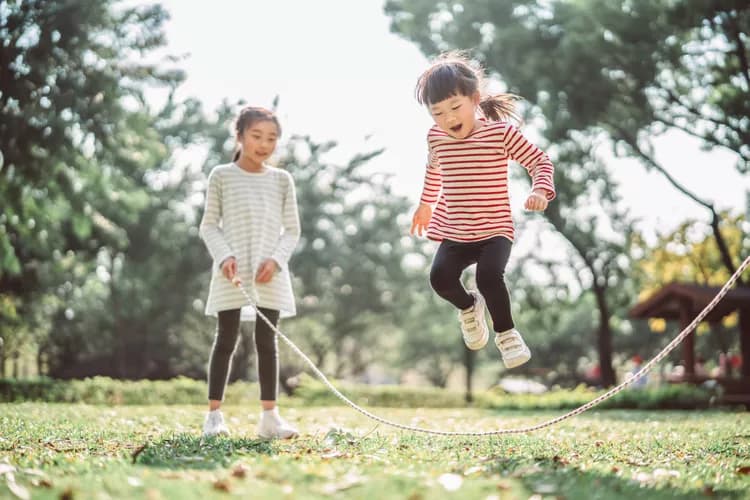
© Tang Ming Tung / Getty Images
American composer Ruth Crawford Seeger (1901–1953) had a dual career, first as an independent composer, and then after her marriage to composer Charles Seeger, as an American folklorist at the Archive for American Folk Song at the Library of Congress in Washington. She has an extensive series of music books both on American folksong and songs for children, including this undated piece called Jumping Rope.
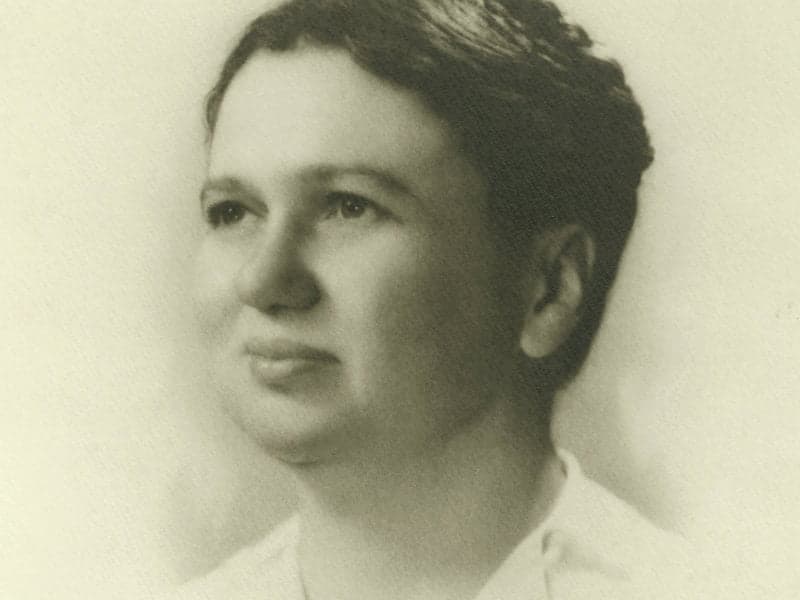
Ruth Crawford Seeger
Ruth Crawford Seeger: Jumping the Rope (Playtime) (Jenny Lin, piano)
Another children’s piece comes from China. Composer Ding Shan-De (1911–1995) was born outside Shanghai and, after studying at the Shanghai National Conservatory, went to Paris to attend the Paris Conservatoire, returning to Shanghai in 1949.
Although better known for the nationally famous Long March Symphony, Ding also wrote a set of pieces for children. His 1953 Children’s Suite, op. 9, starts with an Outing where children go on activities such as Catching Butterflies, Hide-and-Seek, and Skipping. The curiously uneven motion begins when an extra beat is inserted, and then the action settles down into a lively playtime. The movement is also known as Jumping Rope.
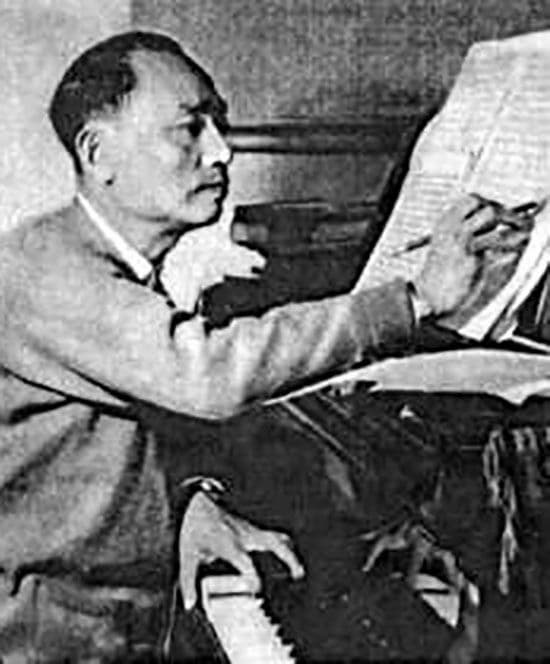
Ding Shan-De
Ding Shan-De: Children’s Suite, Op. 9, “Happy Holidays” – III. Skipping (Chong Liao, piano)
The French harpist Carlos Salzedo (1885–1961) entered the Paris Conservatoire at age 9 and won the premier prix in harp and piano at age 16. Frustrated by the narrow range of repertoire for the harp, he wrote music that made the harp into a virtuoso instrument. He first went to the US in 1909, at the invitation of Arturo Toscanini, to play in the Metropolitan Opera House orchestra. He returned to the US in 1916, after serving as a cook in the war, and performed with many different orchestras, as well as having his own ensemble.
His 1934 Short Stories in Music was intended as a set of studies for his students (although he admitted that he never could write anything easy for the harp). Although the music looks easy at first, more study shows the complexity and intensity of the piece. Many of the Short Stories are descriptive: The Dwarf and the Giant, On Stilts, or Night Breeze. Book 2 closes with Skipping Rope.
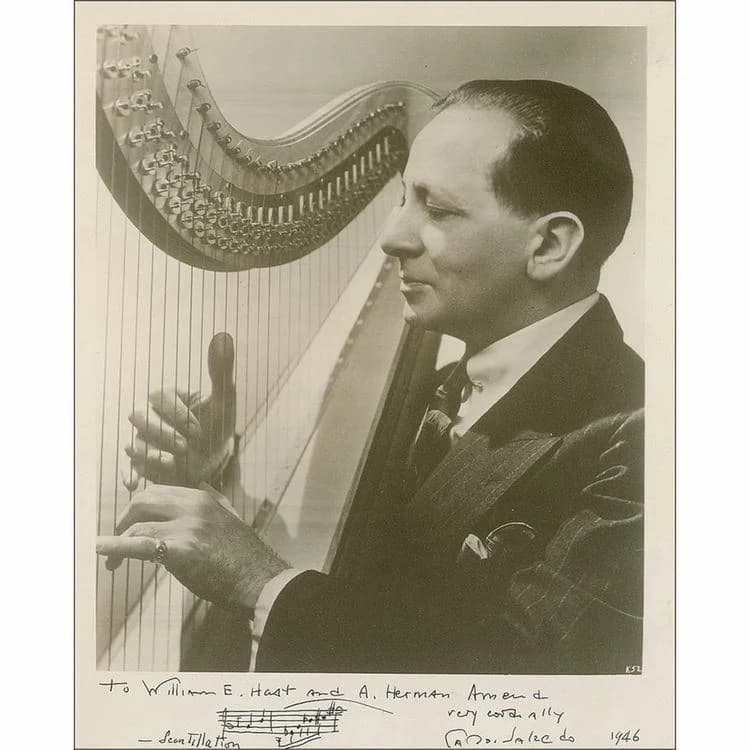
Carlos Salzedo
Carlos Salzedo: Short Stories in Music, Book 2 – Skipping Rope (Saut à la corde) (Sarah Schuster Ericsson, harp)
Skipping rope is an activity that Aram Khachaturian takes up in Book 2 of his Children’s Album, Sounds of Childhood. Written over the years 1947 (Book 1) and 1964 to 1965 (Book 2), the Children’s Albums were part of a general Soviet pedagogic program. Some pieces reflect typically Soviet cultural elements, (Rhythmic Gymnastics), and others show a child within its family (Scherzo, Bedtime story, Liado is seriously Ill, Birthday), dance, and popular song (Folk Style, Eastern Dance), or provide an introduction to the great works, especially Bach (Study, Toccata, Fugue, Invention). The world of children’s games (Cavalry, The Leopard on the Swing, Playing the Tambourine) includes Rope Jumping as the opening of Book 2.
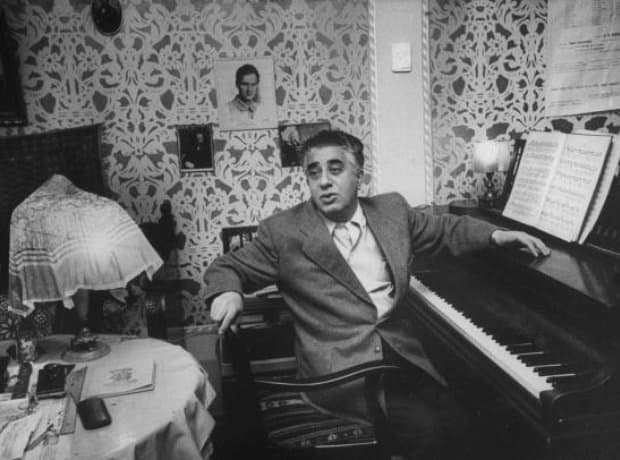
Aram Khachaturian
Aram Khachaturian: Children’s Album, Book 2, “Sounds of Childhood” – No. 1. Rope Jumping (Charlene Farrugia, piano)
Ukrainian composer Viktor Stepanovych Kosenko (1896–1938) wrote his set of 24 Children’s Pieces, Op. 25, in 1936, also for the Soviet piano repertoire. It has become a popular collection for children and No. 17 is Jumping Rope.
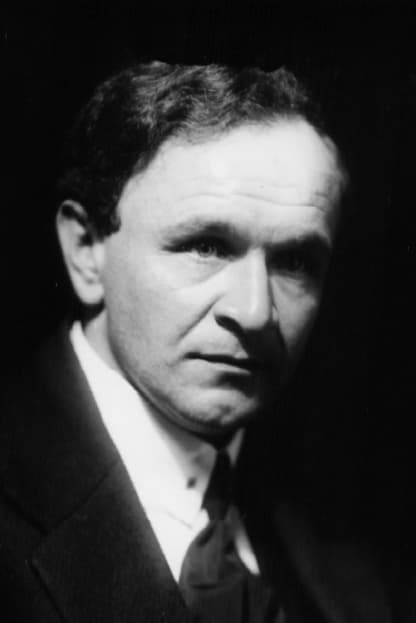
Viktor Kosenko
Viktor Stepanovych Kosenko: 24 Children’s Pieces, Op. 25 – No. 17. Jumping Rope: Allegro vivo (Natalya Shkoda, piano)
The related activity to jumping rope for children is skipping, except that it doesn’t require a rope! That freedom of movement has appealed to composers, both in writing children’s music and in writing music for adults of a very different kind.
In her piano cycle Soundshots, American composer Louise Talma (1906–1996) wrote piano miniatures for children. Created over a span of some 30 years (1944 to 1974), she used images from nature (III. Duck Duet) or from children’s play (II. The Pony Express) to create a child’s sound world. Her brief 30-second piece, Skipping, captures the random activity of children at play.
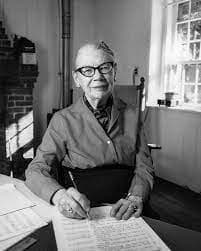
Louise Talma
Louise Talma: Soundshots – VII. Skipping (Diana Ambache, piano)
But, it’s not only children involved in play activities. In his 1996 set of piano studies, American composer Robert Starer crossed between the child/adult line in Contemporary Virtuoso. Just as in other didactic pieces, such as Bartók’s Mikrokosmos, where every piece is an example of a different technical problem on the piano (unison melodies, alternate hands, contrary motion, etc.) for 153 pieces, Starer’s seven ‘studies deal with crossing hands, changing fingers while repeating notes, developing a singing tone and skipping without looking among other things’. Now skipping has gone from a play activity to a piano activity.
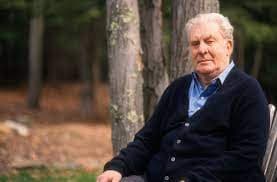
Robert Starer
Robert Starer: Contemporary Virtuoso – No. 7. Skipping Without Looking (Justin Kolb, piano)
Because of an illness that affected her breathing, flautist Kathryn Williams challenged composers to create musical works that could be played in a single breath: one inhale and one exhale, reminding composers that the inhale had to be 50% of the piece. The series, called Coming Up for Air, now includes more than 100 pieces, including Scott McLaughlin’s Like Skipping Stones on a Lake.

Scott McLaughlin
Scott McLaughlin: Like skipping stones on a lake (Kathryn Williams, flute)
Sergei Prokofiev’s last ballet The Tale of the Stone Flower, which was given a posthumous presentation in 1954, is, in his words, the story ‘of the true love of the young master craftsman Danila and his sweetheart Katerina, a love that surmounts all obstacles…’. Gem-cutter Danila is torn between his love for Katerina and his desire for the perfection of the stone flower. When the Lady of The Copper Mountain steals him away and offers him everything the mountain can offer in riches, including the stone flower. He refuses and is turned into a stone himself. Katerina, meanwhile, has been searching for Danila and, resting by a fire, has a meeting and a dance with the ‘skipping fire-spirit’. This fortunate meeting results in the fire-spirit bringing Katerina to the Lady, who moved by Katerina’s love, returns Danila to life, and sends them back to their village, laden with gifts.
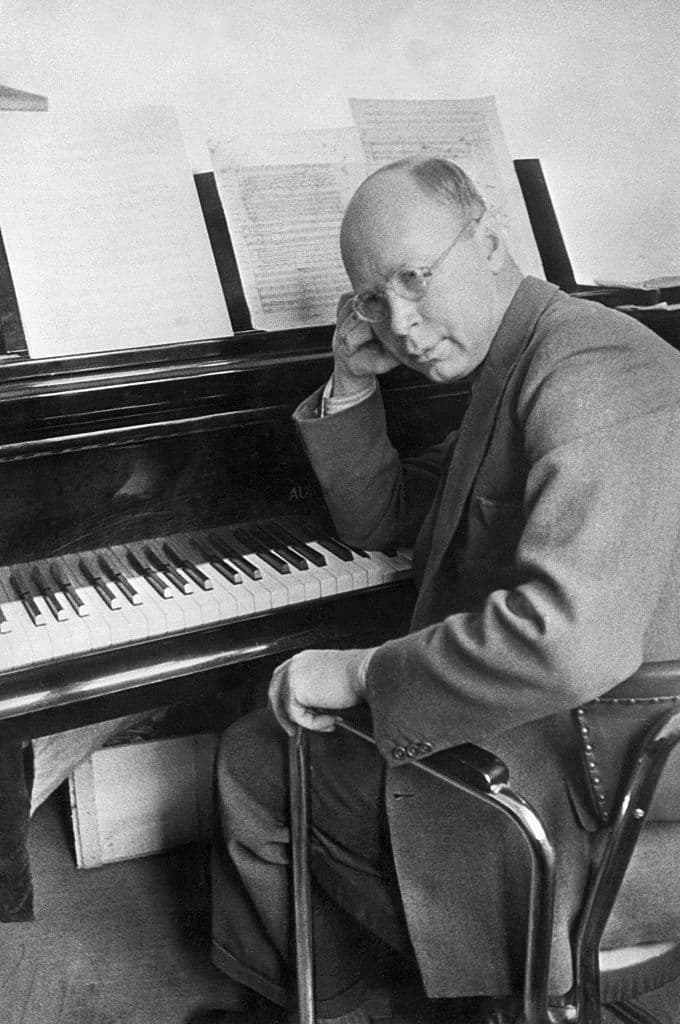
Sergei Prokofiev
Sergei Prokofiev: Skaz o kammenom tsvetke (The Tale of the Stone Flower), Op. 118 – Act IV Scene 8: Scene and Katerina’s dance with the skipping fire-spirit (BBC Philharmonic Orchestra; Gianandrea Noseda, cond.)
Skipping as play, skipping as an action, skipping as a character – all kinds of ways of getting off the ground, or getting around a keyboard!
For more of the best in classical music, sign up to our E-Newsletter

